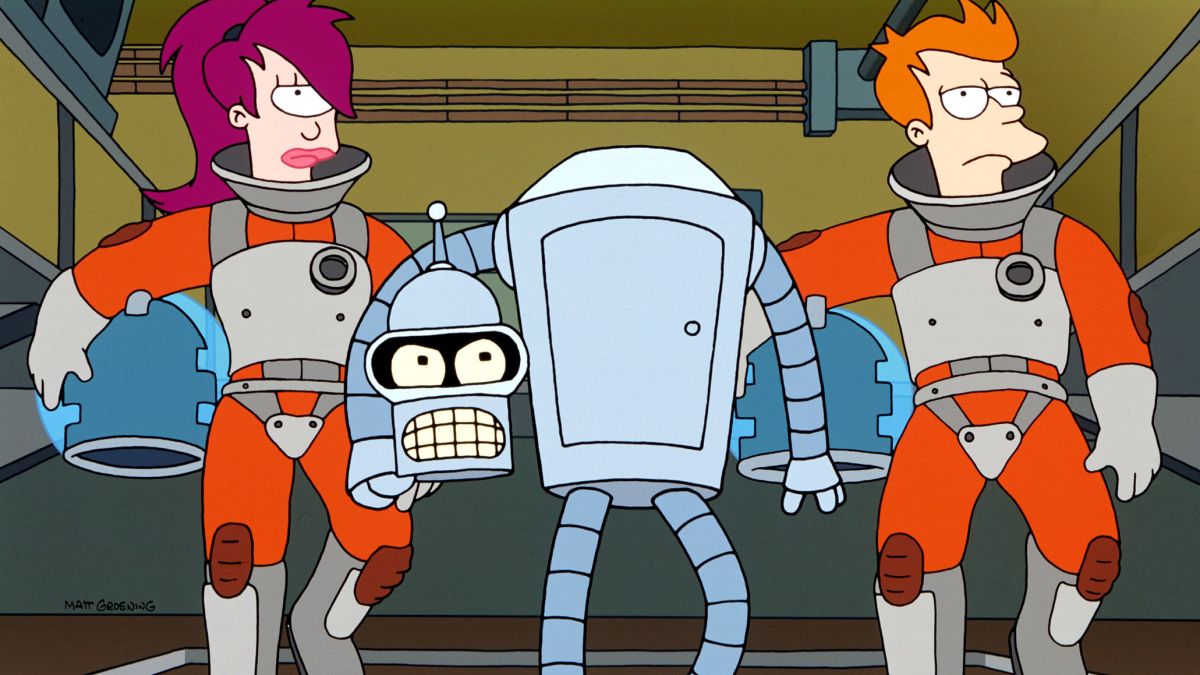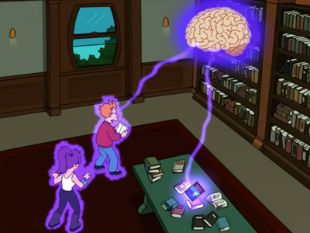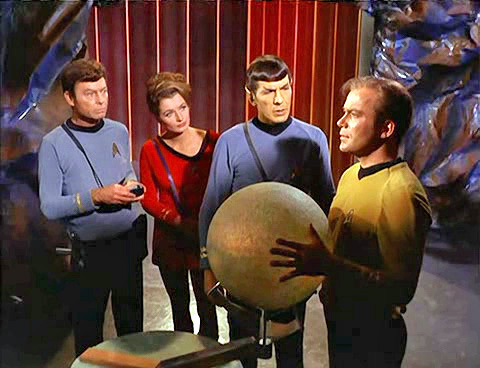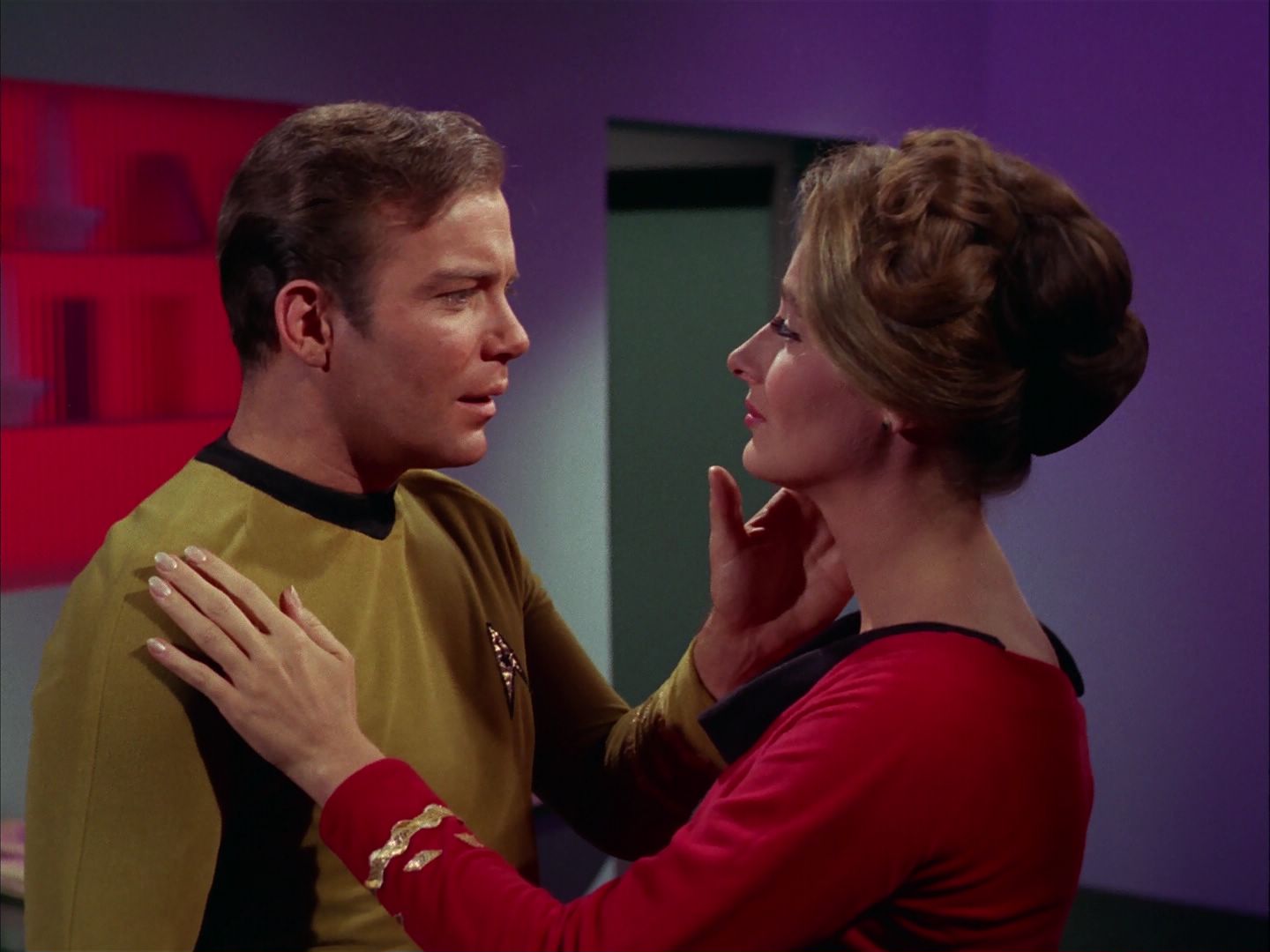All three episodes featured this week were different from one another but a great introduction to how the concepts of cognitive science can applied in a science fiction show, from a cartoon to action and drama.
In Altered Carbon, the main character’s “stack”, which is essentially their brain is put into a “sleeve,” or another body when a person is dies. We learn that this is a process that some can’t afford when someone’s stack is put into an old, subjectively unattractive sleeve. In this show, cognition is embedded. The person, Kovacs, was a lethal weapon before being resleeved, and he began an aggressive fight once they opened up the package the sleeves are kept in. It could also be said that while all of the characters in this show have a disk, Kovacs has something more in that his mind is like a computer, like cybernetics.

The next episode I watched was Futurama’s, “The Day the Earth Stood Stupid”. In this episode, “the brain spawn” are attacking, turning everyone stupid except Fry (comedically because he may already be too stupid). When Fry and Leela confront the Big Brain, he transports them into different classic books, Moby Dick, Tom Sawyer, and Pride and Prejudice. Fry is able to defeat the Big Brain when he gets out of his grasp and writes his story that the brain and Leela are in. This scene is an example of enacted cognition, since they were outwardly affected by the control the brains had over their own minds but also how they were affected within the books. Even the brain was painting with Tom Sawyer.

I’m not going to lie, I wasn’t looking forward to watching Star Trek, I’ve never been into anything to do with space (because space terrifies me) but after viewing the episode, I can understand why it’s a cult classic. Kirk is taken over by Sargon, a mind without a body, places in a sphere. Sargon takes over for only a short time, but he is elated to be in a body again when it happens first. Fast forward to when they all decide to let the minds within the spheres take over their bodies, Sargon and Thalassa are able to embrace for the first time in years. This shows the importance of body to the mind for maximum experience.

I love the creativity applied to the cognitive science theories portrayed in these different shows. I didn’t realize the depth of real science that contributes to science fiction, since my exposure thus far has been so limited. I will definitely continue to watch Altered Carbon, which I found the most fascinating of all three television shows. I have to wonder if Altered Carbon was inspired by this Star Trek episode with the concept of “sleeve” bodies and the body that is waiting for Thalassa. Hmmm….
 .
.
























